A species, beyond embodying the inherent traits of the area it inhabits, can serve as a symbol of the socio-political and historical context of its region, encapsulating the nuances of its climate and the human populace. The Kurdish wheatear, as a bird indigenous to the Kurdistan Region of Iraq (KRI), not only epitomizes the ecological richness of its habitat but also serves as an indicator of the implications of climate change through its historical record.
Also known as the Kurdistan wheatear, Oenanthe xanthoprymna has been the subject of extensive research. Its nomenclature in early British sources is attributed to its prevalence in four distinct regions in Kurdistan, with mountainous terrain serving as its natural habitat.
Alternate appellations include chestnut-rumped wheatear, red-rumped wheatear, or red-tailed wheatear, the latter of which was formerly considered a subspecies of this bird but is now regarded as a separate species. The red-tailed wheatear builds its nest in the mountainous regions that are inhabited by Kurdish peoples and thus inadvertently delineates the geographical extent of Kurdistan.
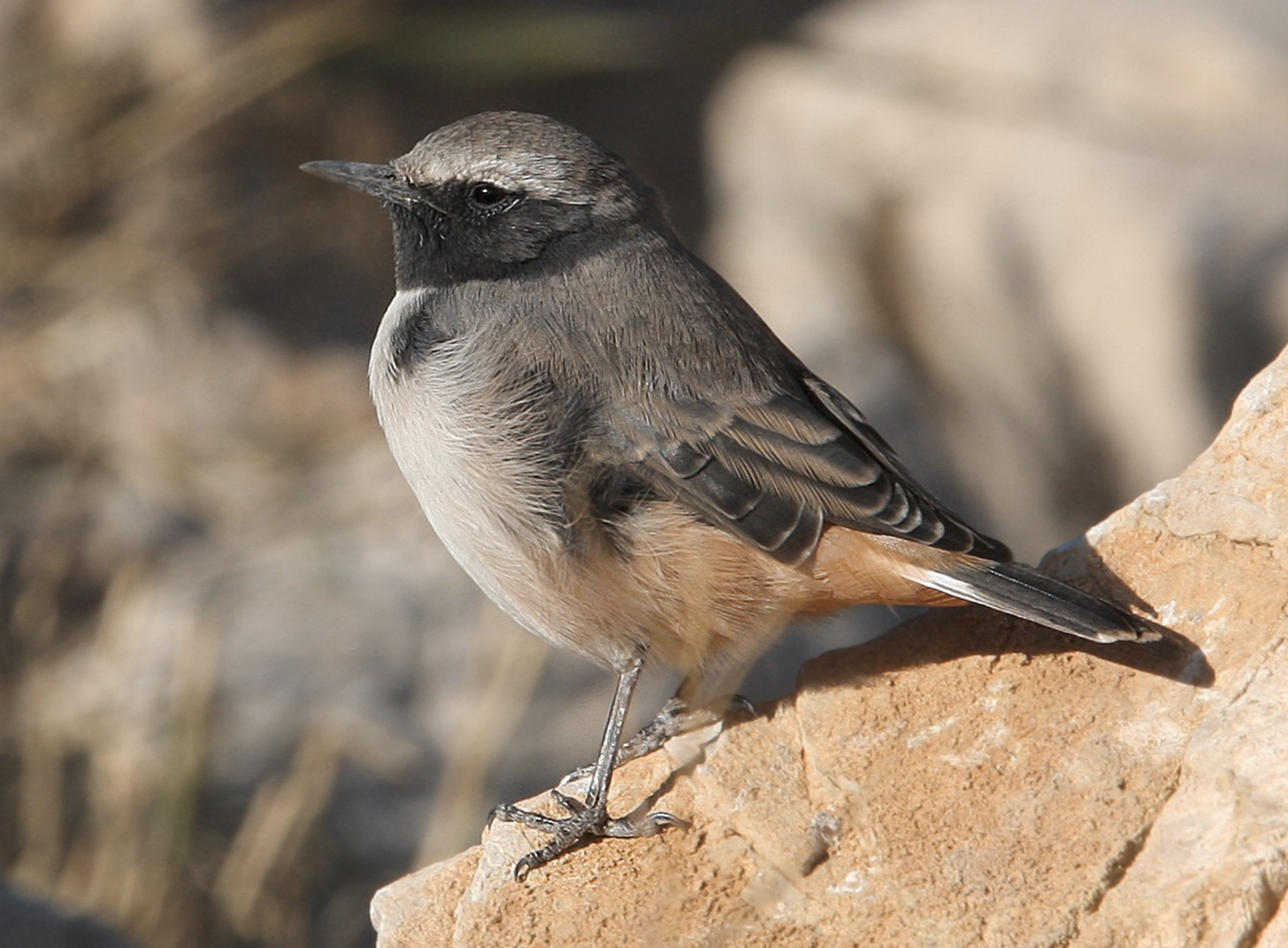
Research for war, espionage, and diplomacy
The first scientific research on the Kurdish wheatear dates to the 19th century. It was first described in 1833 by two German naturalists and ornithologists, Wilhelm Hemprich and Christian Gottfried Ehrenberg during their research in Lebanon and Egypt. In addition, according to Jean Rolin's book Le traquet kurde, which was published in 2018 and won the Alexandre-Vialatte Award, the bird was captured in Sudan in March 1874 by British ornithologist and businessman Henry Seebohm. Rolin’s archive research also reveals that more research was carried out on this bird in the British Empire than anywhere else. It is thus thanks to Rolin, a French journalist, that we know so much about this bird’s history and importance.
In fact, it was a development in France that inspired Rolin to undertake his research in the first place. In the spring of 2015, amateur ornithologist Alex Clamens spotted a small male Kurdish wheatear on the summit of the Puy de Dôme in France – the first time he had observed the bird. Indeed, it had never been seen in Europe before.
In fact, no one knows how the bird ended up 2,700 kilometers away from Kurdistan. The fact that it was alone, however, was unsurprising, as Kurdish wheatears usually live alone, except during the breeding period.
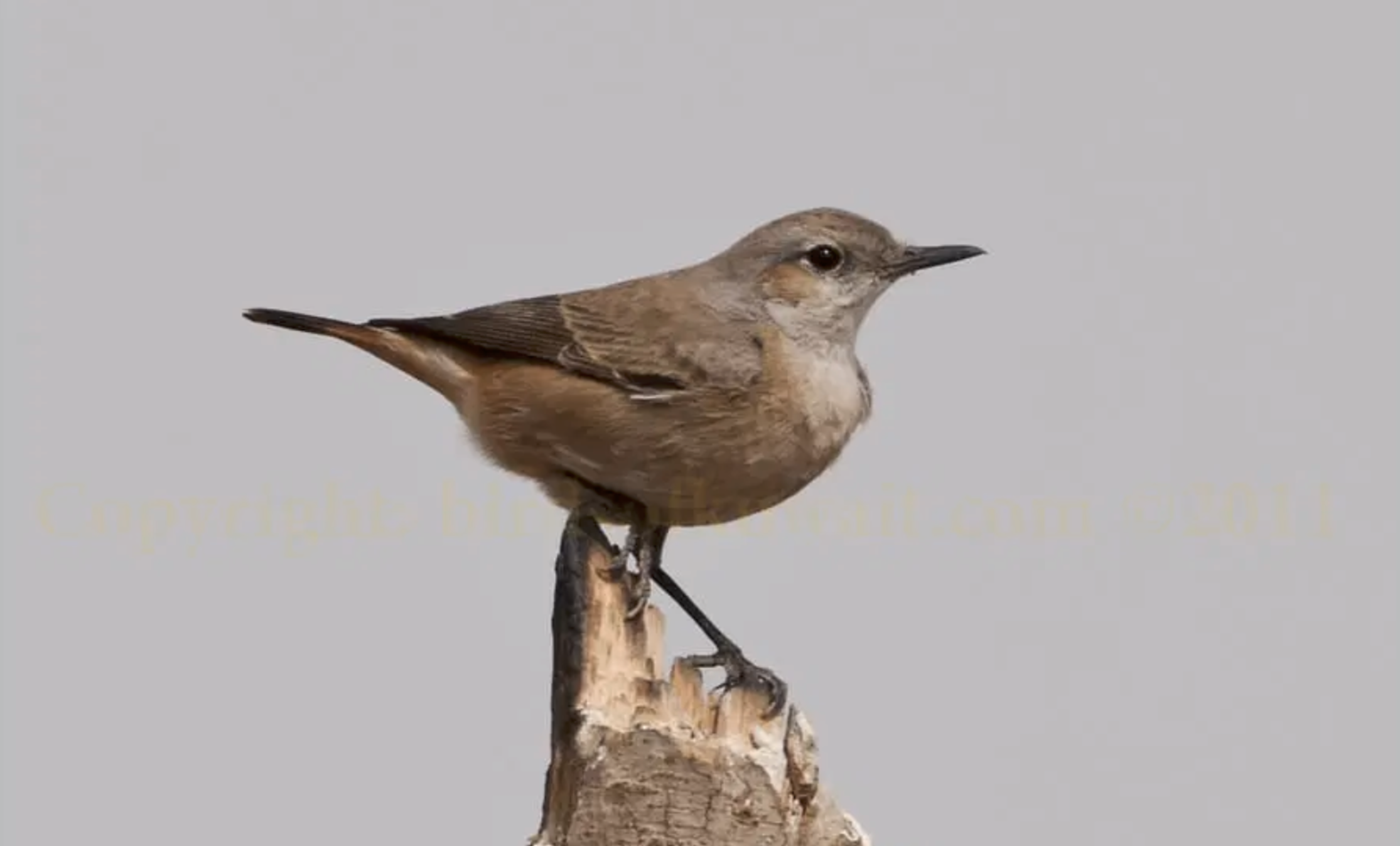
Interestingly, Le traquet kurde illustrated, in exemplary fashion, how the study of the Kurdish wheatear transformed into a subject of multifaceted inquiry that transformed into a focal point for strategic considerations encompassing “war, espionage, and diplomacy” by British high-ranking officials and military personnel. In this context, Rolin interweaves references to diverse geographical locations, including Puy de Dôme, Turkey, Iraq, and Kurdistan, establishing intricate connections between British Colonel Richard Meinertzhagen, Thomas Edward Lawrence – more commonly known as Lawrence of Arabia – and ornithology. In other words, the book serves to shed light on British imperial history, how Kurdistan was viewed from London, and how important British historical figures researched the bird.
The narrative unfolds as the protagonist encounters notable figures in British imperial history such as Lawrence, St. John Philby, Wilfred Thesiger, Percy Cox, Edmund Allenby, and Major Robert Ernest Cheeseman. While the Kurds are familiar with Cox and Allenby for reasons beyond ornithology, these individuals, in an alternative capacity, contributed to avian research and observation in the region, which was integral to British intelligence efforts. The avian inquiry at present thus serves to illuminate the nuanced history of Kurdistan throughout the colonial period and the two World Wars.
As explained in Le traquet kurde, of the individuals mentioned, Meinertzhagen conducted the most extensive ornithological research. Between 1922 and 1948, he compiled a study of the birds he encountered during his service in his book Birds of Arabe, including the Kurdish wheatear, which he called the red-tailed wheatear.
Moreover, it is noteworthy that Cox, the British High Commissioner to Iraq, and Major Cheesman, captured a Kurdish wheatear from Duhok in 1892 and brought it to England, where it is currently on display in the avian collection at the Tring Museum in London.
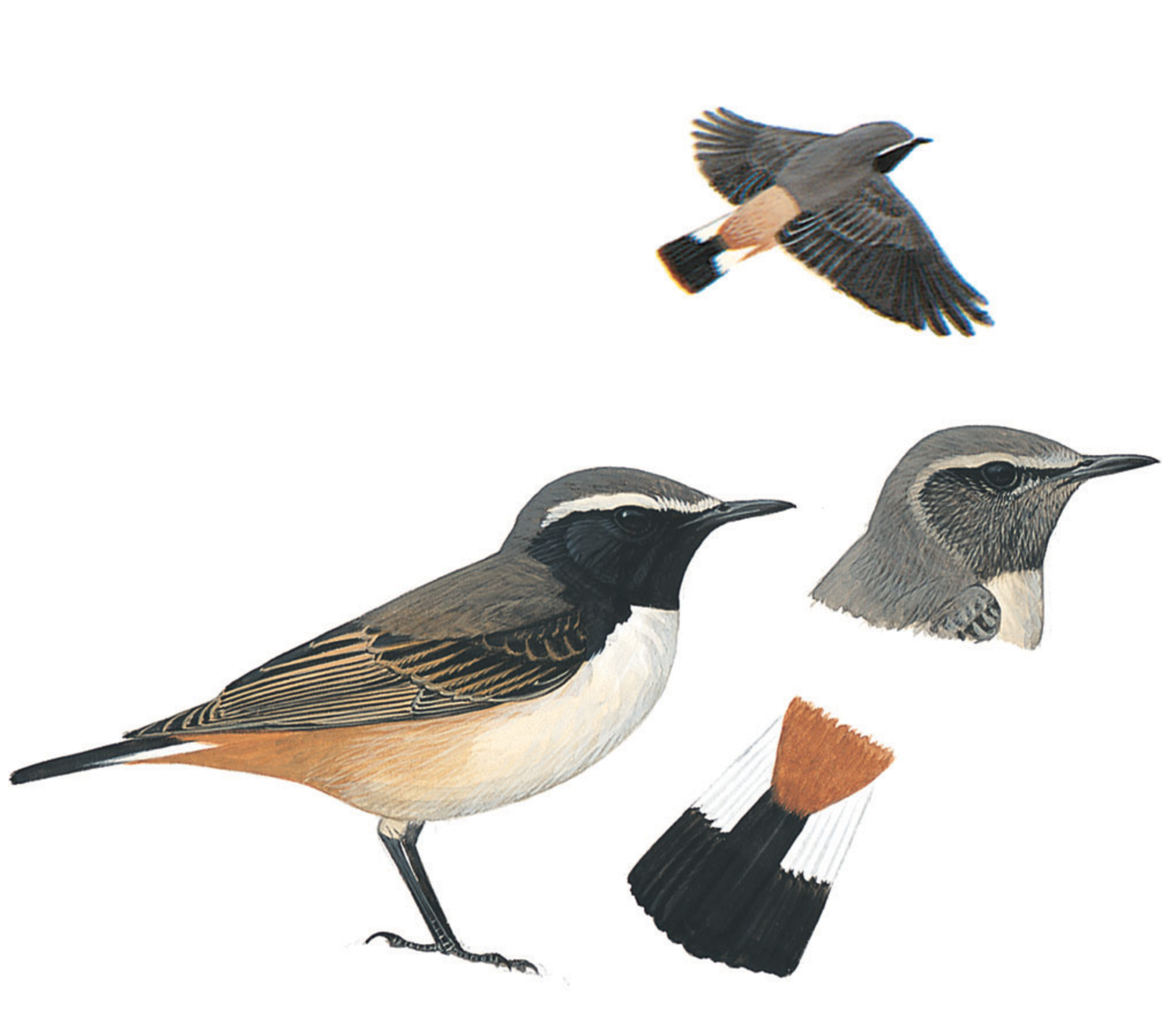
Appearance and behavior
The most prominent characteristics of the Kurdish wheatear are its size, weight, and color. Its length is between 10-20 centimeters, and it weighs 20-25 grams, while the nomenclature of red-tailed wheatear is attributed to the distinctive crimson hue of its tail plumage.
Kurdistan is known for its high mountains and harsh climate, which matches Rolin’s description of the bird’s activities. “[The red-tailed wheatear] prefers dry, steppe climates, especially high-altitude plains and generally mountainous regions. It prefers steppes and suitable formations such as hollows and cracks in bare lands. In winter, it rarely chooses areas with desert characteristics, but most of its nests are rocky cliffs and bushes in arid lands. It has a list of insects, mainly ants, and feeds by digging and stirring up arid soils, grabbing insects and larvae. It hunts mostly by diving over a rock where it perches. It crushes and swallows the insect larvae it grabs from the plant by hitting the soil with its beak.”
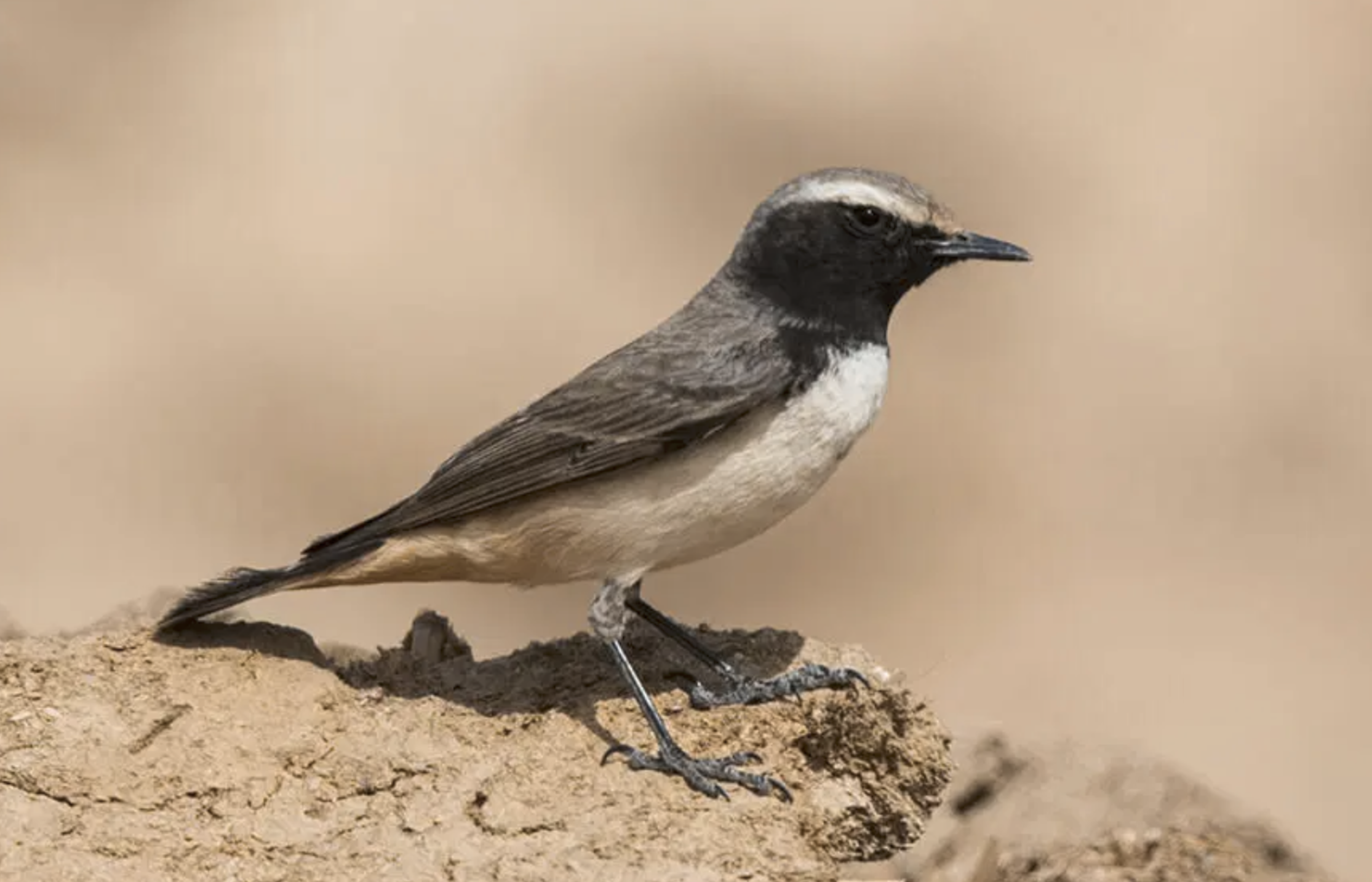
Typically exhibiting solitary behavior, the red-tailed wheatear engages in bipedal locomotion characterized by an undulating trajectory, intermittently executing downward movements of its tail, as stated by Rolin. During flight, the avian species maintains a predominantly closed tail configuration. It displays a predilection for habitats marked by rocky outcrops. The avian vocalization is chiefly characterized by the incorporation of imitative elements.
The transient territories utilized during migratory periods are actively defended by both male and female specimens against intrusions by other avian species. The nesting sites exhibit an intertwined architectural configuration, fostering a collaborative and interconnected relationship with neighboring habitats.
During its breeding season, the Kurdish wheatear, indigenous to Kurdistan, is most often seen in Choman, Halgurd, Diyarbakir, Gaziantep, and prominent mountainous regions including Nemrut, Shirin, and Tarsus.
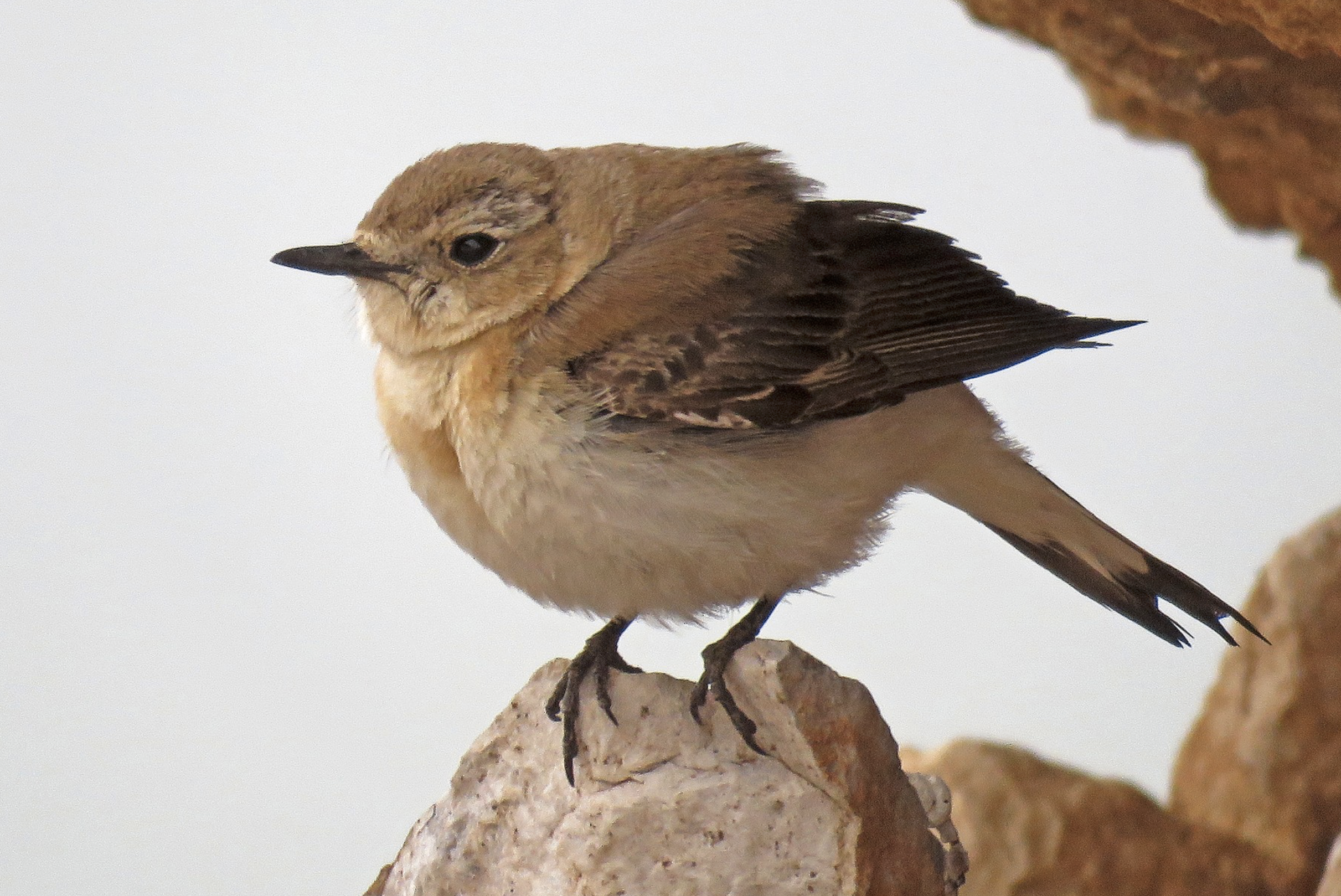
Migration and destination
According to the book Robins and Chats by Peter Clement and Chris Rose, the Kurdish wheatear spends the winter months in the Red Sea and the Persian Gulf and returns to Kurdistan in April for the breeding season. In general, it “migrates in large numbers, winters in east Africa and south-west Asia. In its wintering grounds it occurs from October to February or mid-March,” according to Clement and Rose.
Meanwhile, ornithologists active during World War I discovered that the bird was found in Algeria, Egypt, Iraq, Jordan, Libya, Mauritania, Morocco, Saudi Arabia, Syria, Tunisia, Western Sahara, and Yemen. In addition, research being carried out in Israel today has yielded observations of the bird, stating that “the Kurdish wheatear Oenanthe xanthoprymna is a rare winterer in Israel but in some winters several are present, offering the chance to learn about them.”
And of course, France can now be included on the list of the bird’s destinations, which must be considered in the context of climate change. To confirm such ideas, the migration patterns of the Kurdish wheatear should be analyzed in depth, and within the framework of these investigations, necessary steps should be taken to ensure its survival in Kurdistan. Leaving the region poses a great danger to these special birds, adding another important reason for stronger initiatives to prevent climate change and protect the natural diversity of Kurdistan.
Derya KILIÇ is a PhD candidate at Sorbonne University with nearly a decade of experience in media and journalism. She contributes articles focused on politics, media, culture, and history to various international journals.